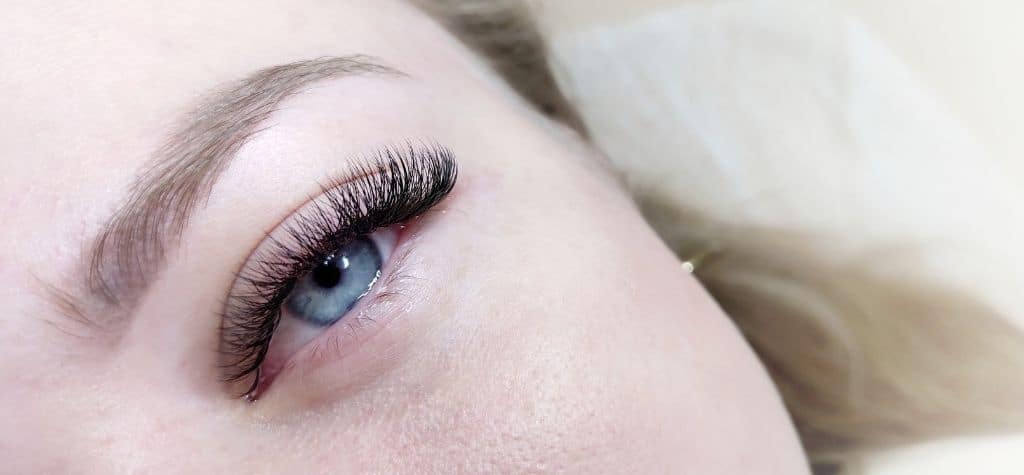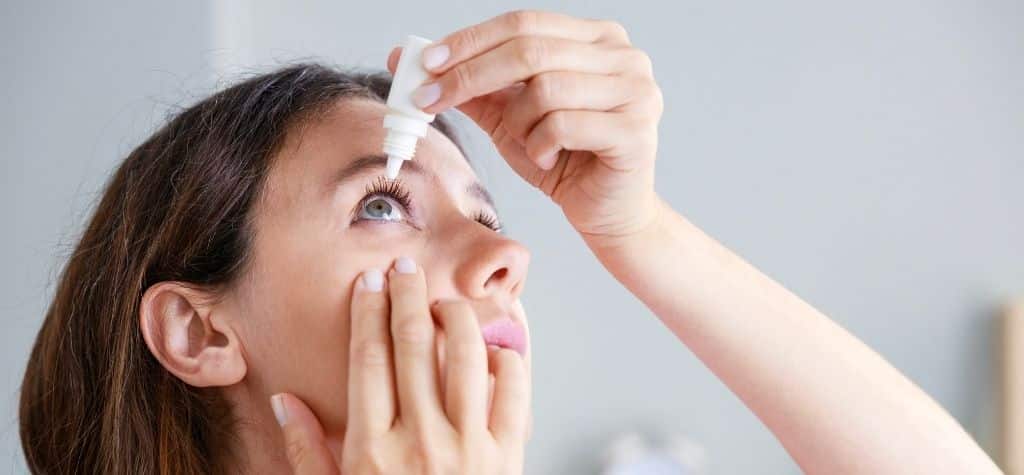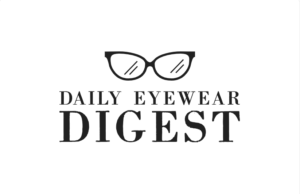Your eyes are one of the most crucial yet often neglected parts of your body. In 2025, with increased screen time, environmental pollutants, and lifestyle changes, maintaining good eye health has never been more important. Many people dismiss early warning signs of vision problems, only to regret it later when the damage is irreversible.
Ignoring your eye health can lead to long-term complications, including vision loss. This article highlights eight key warning signs that indicate your eyes may be in trouble. If you experience any of these symptoms, it’s time to take action before it’s too late.
1. Frequent Eye Strain and Fatigue

Digital Eye Strain in the Age of Screens
With the growing reliance on digital devices, eye strain is becoming increasingly common. Long hours of staring at screens can cause discomfort, fatigue, and even headaches.
Symptoms and Causes
- Burning or itching sensation in the eyes
- Difficulty focusing
- Dry or watery eyes
- Neck and shoulder pain due to poor posture
Preventive Measures
- Follow the 20-20-20 rule: Every 20 minutes, look at something 20 feet away for at least 20 seconds.
- Adjust screen brightness to match your surroundings.
- Blink more often to keep your eyes moisturized.
2. Blurry Vision That Comes and Goes
Temporary vs. Permanent Blurriness
Intermittent blurry vision may seem harmless, but it can signal underlying health issues. If it persists, it’s a red flag.
Possible Underlying Health Issues
- Diabetes (Diabetic Retinopathy)
- High Blood Pressure
- Neurological Conditions
When to Seek Medical Help
If blurry vision is accompanied by dizziness, headaches, or other symptoms, consult an eye doctor immediately.
3. Increased Sensitivity to Light
What Photophobia Could Mean
Increased sensitivity to light could indicate underlying eye conditions such as corneal damage, migraines, or even neurological disorders.
Links to Migraines, Infections, and More
- Migraine headaches
- Eye infections
- Cataracts
How to Manage Light Sensitivity
- Wear UV-protective sunglasses.
- Use dim lighting in the evening to reduce strain.
- Avoid staring at bright screens for long periods.
4. Frequent Headaches and Eye Pain

How Eye Problems Cause Headaches
If you’re experiencing frequent headaches, your eyes might be the culprit. Uncorrected vision problems can cause strain, leading to headaches.
Connection to Screen Use and Poor Lighting
Poor lighting and excessive screen use can contribute to chronic headaches.
Eye Exercises and Ergonomic Solutions
- Adjust your workspace to reduce glare.
- Take regular breaks from screens.
- Get an eye exam to check for refractive errors.
5. Seeing Floaters, Flashes, or Dark Spots
Understanding Eye Floaters and Their Causes
Floaters are tiny specks drifting across your vision. While common with aging, sudden increases could indicate serious issues.
When Floaters and Flashes Signal a Retinal Emergency
- Retinal detachment
- Vitreous hemorrhage
- Eye trauma
Treatment and Prevention
If you notice a sudden increase in floaters or flashes, visit an ophthalmologist immediately.
6. Difficulty Seeing at Night (Night Blindness)
Causes of Poor Night Vision
Struggling to see in low-light conditions or while driving at night may indicate night blindness. This condition can stem from:
- Vitamin A deficiency
- Cataracts
- Retinitis pigmentosa (a genetic eye disorder)
Vitamin A Deficiency and Eye Health
Vitamin A plays a critical role in maintaining good vision, especially in dim lighting. A lack of this nutrient can cause difficulty adapting to darkness.
Practical Tips for Better Night Vision
- Increase your intake of vitamin A-rich foods like carrots, sweet potatoes, and leafy greens.
- Reduce glare by using anti-reflective lenses while driving at night.
- Get an eye exam to rule out cataracts or other underlying conditions.
7. Dry, Itchy, or Watery Eyes

The Rise of Dry Eye Syndrome in 2025
With increased screen exposure and environmental pollutants, dry eye syndrome is more prevalent than ever. This condition occurs when your eyes don’t produce enough tears or when tears evaporate too quickly.
Causes: Allergies, Screen Time, Environmental Factors
- Prolonged screen use reduces blinking, leading to dryness.
- Air conditioning and heating systems can worsen symptoms.
- Allergies may cause excessive tear production, leading to watery eyes.
How to Relieve and Prevent Chronic Dryness
- Use artificial tears or lubricating eye drops.
- Follow the 20-20-20 rule to reduce strain.
- Stay hydrated and consume omega-3-rich foods like salmon and flaxseeds.
8. Sudden Vision Loss or Double Vision
Why Sudden Vision Changes Are an Emergency
If you experience sudden vision loss or double vision, seek medical attention immediately, as these could be signs of a serious medical condition.
Stroke, Retinal Detachment, and Other Serious Causes
- Stroke: A stroke can cause sudden loss of vision in one or both eyes.
- Retinal Detachment: Symptoms include flashes of light, floaters, or a shadow over part of your vision.
- Optic Neuritis: An inflammation of the optic nerve, often associated with multiple sclerosis.
Immediate Steps to Take
- Do not ignore sudden changes in vision.
- Seek emergency medical care.
- Follow up with an ophthalmologist for further evaluation.
Preventive Eye Care in 2025

The Importance of Regular Eye Exams
Routine eye exams help detect early signs of vision problems and systemic diseases like diabetes and hypertension.
New Advancements in Eye Health Technology
- AI-powered diagnostic tools for early disease detection.
- Smart contact lenses that monitor glucose levels for diabetics.
- Blue-light filtering lenses to protect against digital eye strain.
Nutritional Tips for Stronger Vision
- Eat a diet rich in antioxidants, including lutein and zeaxanthin (found in spinach, kale, and eggs).
- Reduce sugar intake to prevent diabetic-related eye conditions.
- Drink plenty of water to maintain eye hydration.
How to Protect Your Eyes Daily
Blue Light Protection Strategies
- Use blue light-blocking glasses when working on screens.
- Enable night mode on your devices.
- Take breaks every 20 minutes to reduce digital strain.
Proper Eye Care Habits for Different Ages
- Children: Limit screen time and encourage outdoor activities to prevent myopia.
- Adults: Schedule routine eye exams and adjust workspaces to reduce glare.
- Seniors: Monitor for age-related issues like glaucoma and macular degeneration.
The Role of Hydration and Rest
- Drink at least 8 glasses of water per day to prevent dry eyes.
- Get 7-9 hours of sleep to allow your eyes to recover.
FAQs About Eye Health in 2025
1. What Are the First Signs of Eye Disease?
Common early signs include blurry vision, frequent headaches, eye strain, and increased sensitivity to light.
2. How Often Should You Get an Eye Exam?
Adults should have an eye exam every 1-2 years, while people with vision problems or underlying conditions should visit annually.
3. Can Digital Screens Cause Permanent Damage?
Extended screen use can lead to digital eye strain and blue light exposure, but permanent damage is rare if proper precautions are taken.
4. What Are the Best Foods for Eye Health?
Foods rich in vitamin A, omega-3s, and antioxidants, such as carrots, salmon, spinach, and nuts, are excellent for eye health.
5. Are Over-the-Counter Eye Drops Safe?
Most lubricating drops are safe for temporary relief, but avoid long-term use of redness-reducing drops, as they can worsen symptoms.
6. Can Wearing Sunglasses Help Prevent Eye Problems?
Yes! UV rays can contribute to cataracts and macular degeneration, so always wear 100% UV-protection sunglasses outdoors.
Conclusion
Your eyesight is precious, and ignoring early warning signs can lead to long-term complications. In 2025, with our increased reliance on digital screens and exposure to environmental factors, it’s more important than ever to take care of your eyes.
By adopting healthy habits, scheduling regular eye exams, and paying attention to warning signs, you can protect your vision and maintain eye health for years to come.

